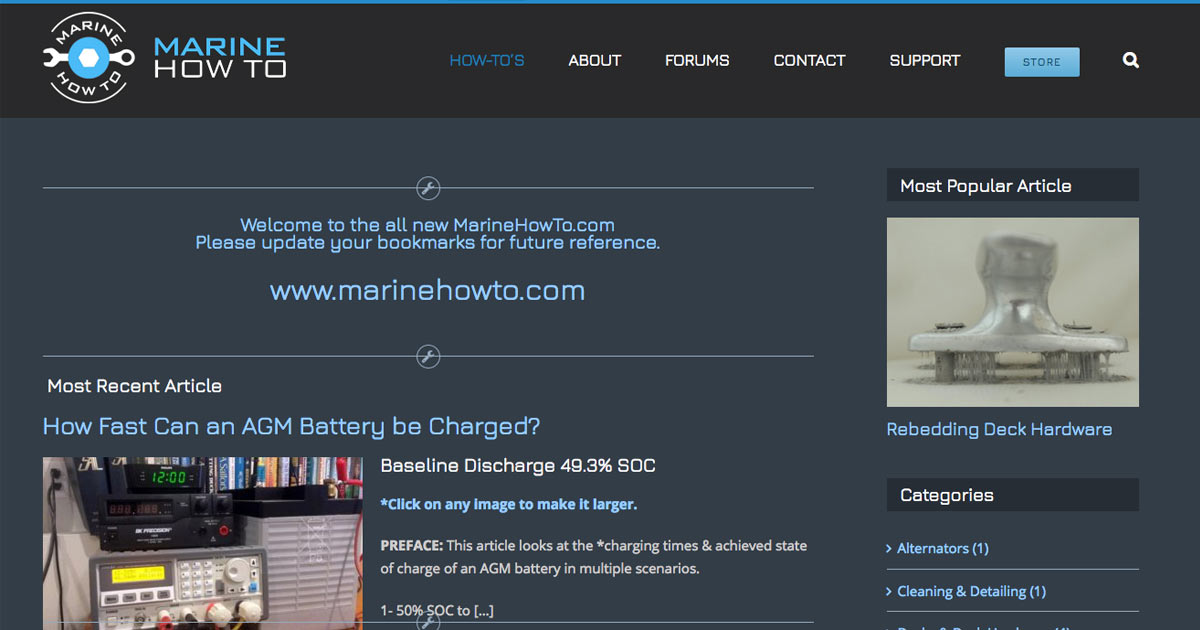Have an interesting electrical setup on a new-to-me vessel which I'm trying to figure out. It doesn't seem "normal" but it is workable. I'm just trying to understand why it might have been done this way and what good reasons there might be for it.

(disregard the propane detector as drawn, it's only connected to one battery)
Always true:
- Solar always charges Engine battery
- House always draws from house battery
- I neglected to draw the alternator output, but I believe it's to the "F" (common) terminal of the battery switch
When battery switch is set to position #1
- Solar charges only engine batt
- Engine starts from house batt
- House draws from house batt
When battery switch is set to position #2
- Solar charges only engine batt
- Engine starts from engine batt
- House draws from house batt
When battery switch is set to position BOTH
- Solar charges both batts
- Engine starts from both batts
- House draws from both batts
When battery switch is set to position OFF
- Solar charges only engine batt
- Engine can't start
- House draws from house batt
Aside from the obvious issues that can be corrected easily (missing fuses etc), I'm mostly curious if this is a typical way of doing battery switching in marine electrical with solar. Seems odd to me, but I'm not well versed in marine electrical.
(disregard the propane detector as drawn, it's only connected to one battery)
Always true:
- Solar always charges Engine battery
- House always draws from house battery
- I neglected to draw the alternator output, but I believe it's to the "F" (common) terminal of the battery switch
When battery switch is set to position #1
- Solar charges only engine batt
- Engine starts from house batt
- House draws from house batt
When battery switch is set to position #2
- Solar charges only engine batt
- Engine starts from engine batt
- House draws from house batt
When battery switch is set to position BOTH
- Solar charges both batts
- Engine starts from both batts
- House draws from both batts
When battery switch is set to position OFF
- Solar charges only engine batt
- Engine can't start
- House draws from house batt
Aside from the obvious issues that can be corrected easily (missing fuses etc), I'm mostly curious if this is a typical way of doing battery switching in marine electrical with solar. Seems odd to me, but I'm not well versed in marine electrical.



